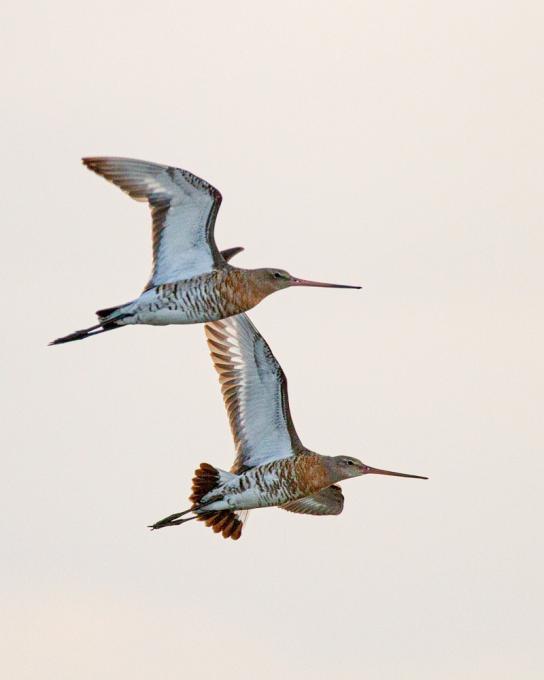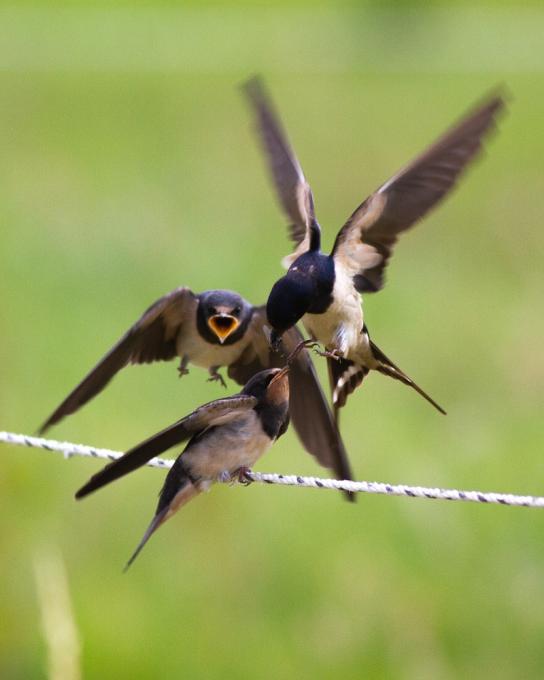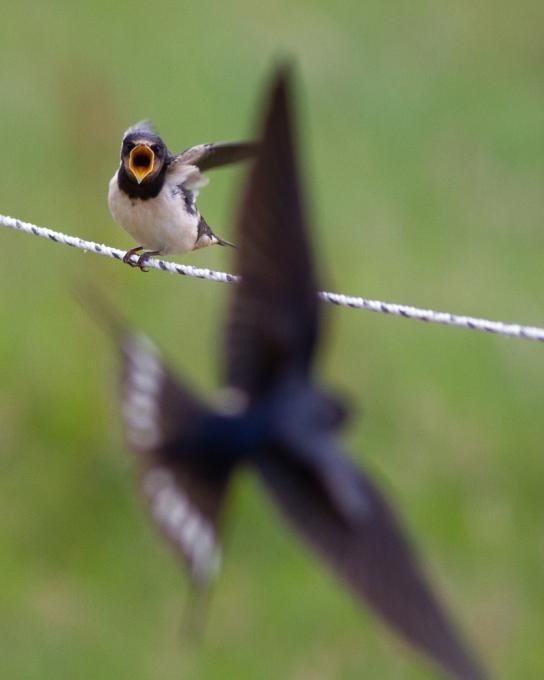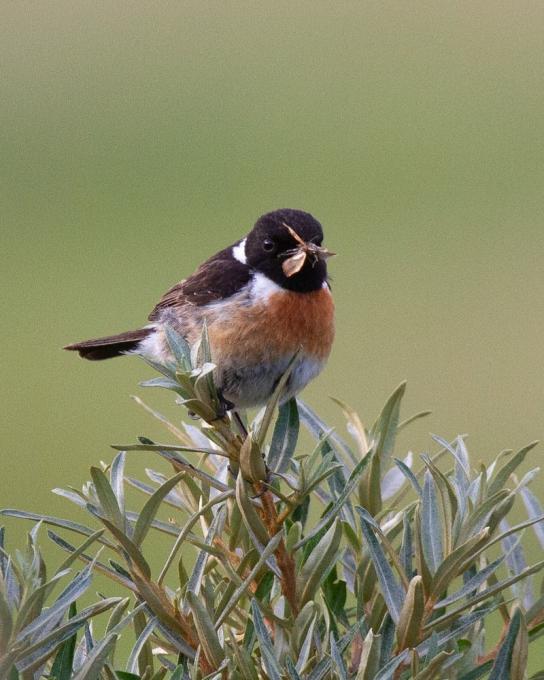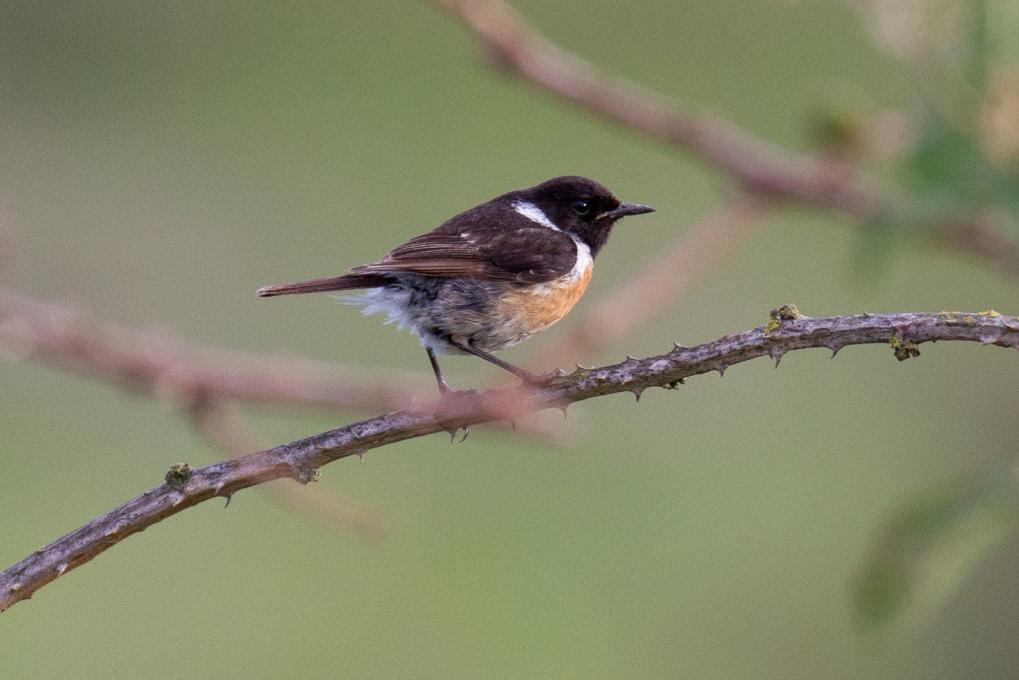Lynsey
Forum Replies Created
Viewing 6 posts - 1 through 6 (of 6 total)
-
LynseyParticipantI had one of those moments that Melissa mentioned in her video - I shot this young common kestrel flying away from me rather than towards me and was a little disappointed. The funny thing is he was on his way to inspect a red squirrel on the ground (unfortunately I didn't get a good photo of that!). But when I was looking through the photos it jumped out at me as being intriguing. The bird is flying into the darkness (which looks almost like a cave) with its bright yellow legs dangling below it.
 in reply to: Practice Getting Creative and Telling Stories #720277
in reply to: Practice Getting Creative and Telling Stories #720277 -
LynseyParticipantFred, I recognize your difficulties as I experience the same. I can manage to home in on a bird in flight up to about 500mm but then lose it. Then I zoom out and back in but it's usually too late. I was very pleased to get this shot of some black-tailed godwits yesterday but the vast majority of my shots were blurred. All the birds I was trying to shoot were fast flyers. It was at sunset so the light was fading, which didn't help.
 in reply to: Practice Capturing Birds in Flight #719744
in reply to: Practice Capturing Birds in Flight #719744 -
LynseyParticipantI was using a Canon 5D Mk II (full frame) and 7D (cropped sensor) in combination with a 400 prime and 100-400. These are great lenses but I wanted a bit more range. I tried adding a 1.4 teleconverter but then remembered (when I'd already arrived at my destination) that autofocus wouldn't work with the combination I had. I tried it with manual focus but I had to bin most of the photos. You can tape the pins to engage autofocus but I was reluctant to try that. So I decided to treat myself to a Sigma 150-600 Contemporary. I was unsure about getting a lens with such a big range after mostly using a prime, but so far so good. And I can take pics of the birds that would have been too close with the 400mm. I'm using it with the 7D to get even closer.in reply to: Practice Matching Your Gear to Your Goals #719249
-
LynseyParticipant
@Kevin Thanks, Kevin
in reply to: Practice Understanding Birds for Better Photos #719242 -
LynseyParticipantI also spent some time watching a family of European barn swallows, observing how the young ones would start opening their mouths and calling before a parent came along to feed them, allowing me to get my camera at the ready.


 in reply to: Practice Understanding Birds for Better Photos #719203
in reply to: Practice Understanding Birds for Better Photos #719203 -
LynseyParticipantI live in the Netherlands so you might see some different birds from me. I listened to stonechat calls on the internet and tried to figure out the difference between the male and female calls. While doing so I found out why the bird is so called - because part of their call sounds like two stones being knocked together. I went to observe them at a local nature reserve as they are very vocal at the moment. They each had a similar pattern - the males at least - doing the same call, flitting to another spot, calling, then flitting to another spot and basically repeating the circuit. This helped me figure out where they might fly to next and how long they would stay there.


 in reply to: Practice Understanding Birds for Better Photos #719200
in reply to: Practice Understanding Birds for Better Photos #719200
Viewing 6 posts - 1 through 6 (of 6 total)

